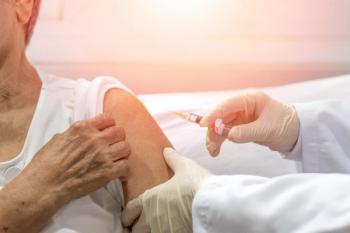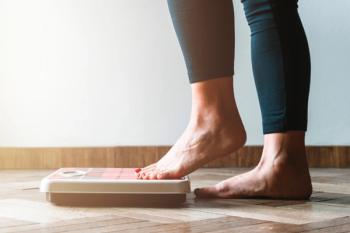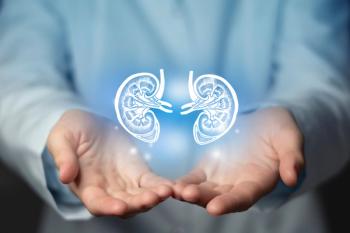
Telemedicine With GLP-1 Behavior Program Shows Significant Declines in Weight, Blood Pressure | ADA 2025
In a real-world, 6-month analysis, glucagon-like peptide-1 programs with obesity telemedicine behavioral programs resulted in benefits to weight loss and blood pressure.
In a 6-month real-world program, obesity telemedicine that combined glucagon-like peptide-1 (GLP-1) receptor agonists and WeightWatchers Clinic, a behavioral program as a companion to GLP-1s, showed significant declines in weight and blood pressure, which is consistent with randomized controlled trials.1
In a study published in Obesity, investigators found that telehealth obesity programs demonstrated outcomes consistent with phase 3 trials of antiobesity medications and WeightWatchers Clinic. Investigators found that average weight loss was 8.9% at 3 months, 14.1% at 6 months, 17.7% at 9 months, and 19.4% at 12 months.2
In the new study presented as a poster at the American Diabetes Association 85th Scientific Sessions, investigators aimed to determine the efficacy of commercial telehealth-delivered GLP-1 programs that combined a virtually delivered behavioral program. They wanted to see the effects on both weight loss and systolic and diastolic blood pressure. GLP-1s have demonstrated significant clinical efficacy, and telehealth has been utilized to help meet demand for the popularity of the drugs. However, the investigators stated that there is not much data on telemedicine approaches.1
In the study, investigators included 180 patients with a mean age of 44.1 years, 91.1% being female, and a mean body mass index of 37.1. Approximately 81.1% of patients were white, 11.1% were Black, 7.8% were Hispanic or Latino, 2.8% did not have race listed, 2.2% were more than 1 race, 1.1% were American Indian or Alaskan Native, 1.1% were Asian, and 0.6% were Native Hawaiian or Pacific Islander. Further, approximately 72.8% had a household income of $100,000 or more and 73.9% had a bachelor’s degree or higher. Lastly, 25% of patients received semaglutide (Ozempic, Wegovy), and 65% received tirzepatide (Mounjaro, Zepbound).1
Investigators reported that 92% of patients completed the study, and they measured the weight and blood pressure changes at 12 and 24 weeks. For weight loss specifically, at 12 weeks, the proportion of patients that achieved a 5% or greater weight loss was 25.56%, compared with 89.44% at 24 weeks. Additionally, 25% and 67.22%, respectively, achieved weight loss of 10% or more; 2.22% and 45 %, respectively, achieved 15% or more; and 0% and 11%, respectively, achieved 20% or more. For the total percent of body weight loss, the average was 7.2% at 12 weeks compared with 12.3% at 24 weeks, according to the investigators. Finally, for systolic and diastolic blood pressure at 12 weeks, patients achieved a decrease of 5.91 and 5.31, respectively, compared with a decrease of 11.17 and 5.75, respectively, at 24 weeks.1
The investigators concluded that there should be future research that includes a placebo of first-generation antiobesity medication for comparison. Additionally, they stated that the cost of these medications limited the study population, so future research should include a more diverse participant population, as the current study did not reflect the full obesity population in the United States.
Ready to impress your pharmacy colleagues with the latest drug information, industry trends, and patient care tips? Sign up today for our
REFERENCES
1. Heinberg L, Lee AM, Foster GD, Cardel M. A Six-Month Single-Arm Study Testing the Effectiveness of Commercial Telehealth Medical Weight Management and GLP-1 Behavioral Program on Weight Loss and Blood Pressure Outcomes. American Diabetes Association 85th Scientific Sessions. June 20 to 23, 2025. Chicago, Illinois.
2. Ard JD, Hong YR, Foster GD, Medcalf A, Nadolsky S, Cardel MI. Twelve-month analysis of real-world evidence from a telehealth obesity-treatment provider using antiobesity medications. Obesity (Silver Spring). 2024;32(12):2246-2254. doi:10.1002/oby.24169
Newsletter
Pharmacy practice is always changing. Stay ahead of the curve with the Drug Topics newsletter and get the latest drug information, industry trends, and patient care tips.


















































































































































